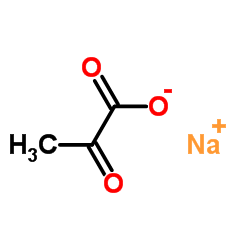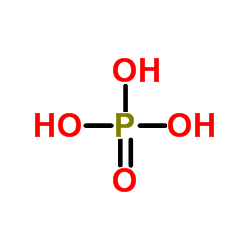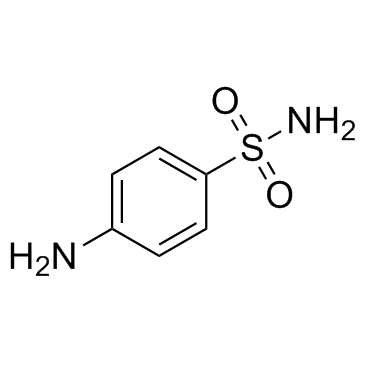| Structure | Name/CAS No. | Articles |
|---|---|---|
 |
Chloroform
CAS:67-66-3 |
|
 |
Sodium 2-oxopropanoate
CAS:113-24-6 |
|
 |
Phosphoric acid
CAS:7664-38-2 |
|
 |
Methanol
CAS:67-56-1 |
|
 |
Sulfanilamide
CAS:63-74-1 |
|
 |
N-1-Naphthylethylenediamine dihydrochloride
CAS:1465-25-4 |